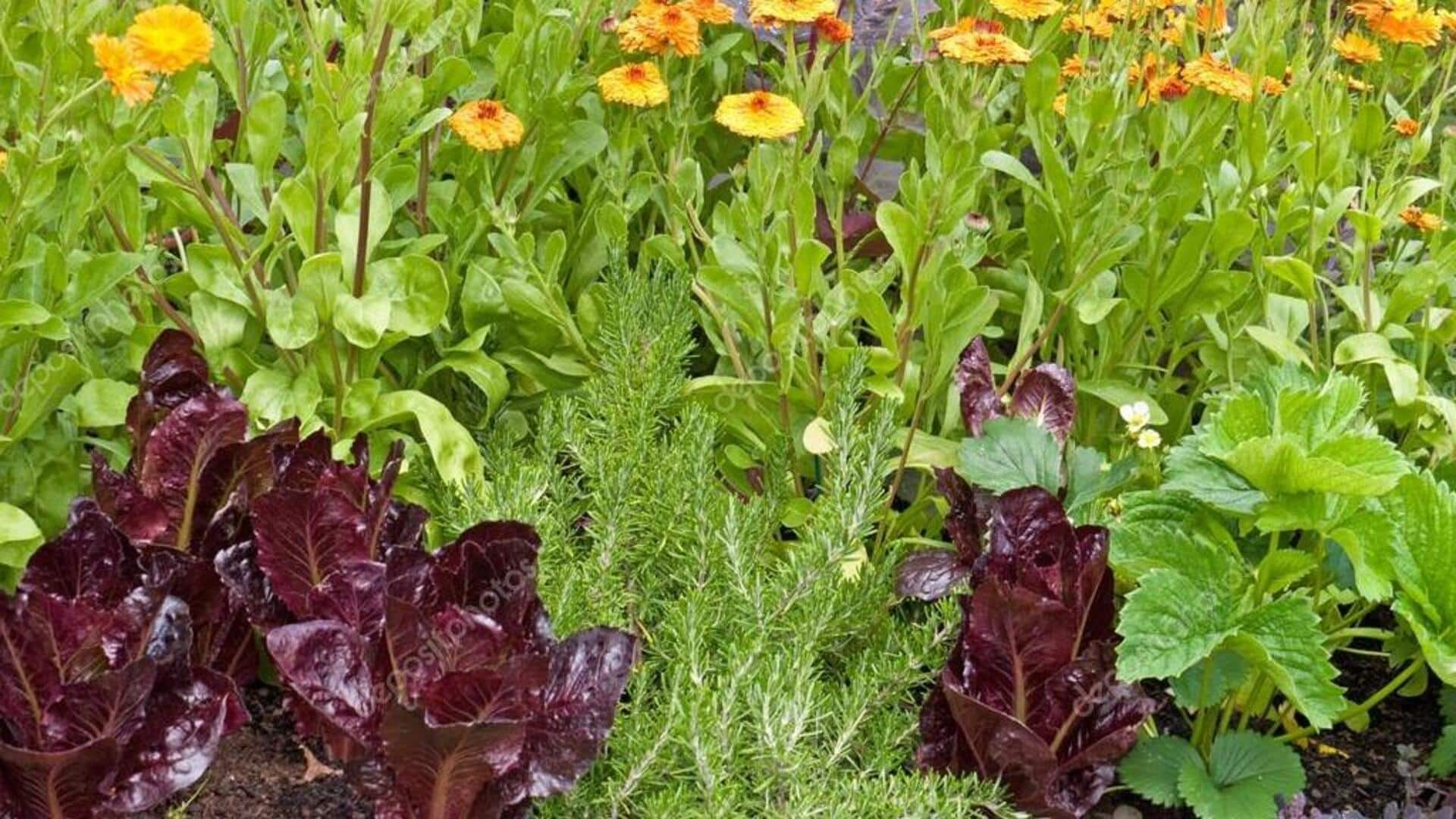
How to pair your houseplants the right way
What's the story
Companion planting is a gardening technique where you grow different plants together to boost growth, keep pests away, and improve plant health. This technique can also be applied indoors to houseplants. By pairing plants strategically, you create a more balanced environment that encourages healthier growth. Knowing which plants do well together could lead to a thriving indoor garden, minus the chemicals.
Pest control
Pairing plants for pest control
Some plants inherently repel pests, so they make perfect companions for weaker species. For example, marigolds are known to keep aphids and other regular pests at bay. Keeping marigolds near your houseplants will keep these unwanted guests away without you having to use pesticides. Likewise, basil works well to keep flies and mosquitoes at bay, giving an additional layer of security to your indoor garden.
Nutrient sharing
Enhancing growth with nutrient sharing
Some plant combinations can enhance nutrient uptake by sharing resources efficiently. Legumes like peas and beans fix nitrogen in the soil, benefiting nearby plants that require this essential nutrient. By placing nitrogen-fixing plants near those with high nitrogen needs, such as ferns or palms, you ensure they receive adequate nutrition naturally.
Microclimates
Creating microclimates for optimal growth
Companion planting indoors lets you create microclimates that suit particular plant requirements. Tall plants such as snake plants or rubber trees can offer shade and humidity retention for smaller, moisture-loving species like ferns or peace lilies. This arrangement emulates natural environments where multiple plant species can live in harmony.
Aesthetic appeal
Boosting aesthetic appeal with diverse pairings
Going beyond health benefits, companion planting makes your indoor space more visually appealing by putting together different textures and colors. For instance, pairing flowering plants like African violets with foliage-rich ones like pothos creates a stunning display. This way, they take care of each other's growth requirements through shared environmental conditions.